When we eat, many foods are broken down into glucose (sugar). When glucose enters the blood, the pancreas releases insulin to help the glucose enter cells in body muscle, fat, and liver where it can be used for energy. Insulin acts as a key to opening up the doors to these cells so that glucose can enter.
When the body cells can’t actually use the glucose for energy, this leads to high levels of sugar in the blood. When these levels are higher than they should be — with the pancreas working overtime to release enough insulin — this is considered pre-diabetes (which can be totally asymptomatic). Insulin resistance occurs when cells can no longer take up glucose (sugar) from your blood, becoming resistant, or less sensitive, to insulin. It can also be referred to as impaired insulin sensitivity.
Long-term insulin resistance can cause major health issues, such as damage to your organs, eyes, limbs, and muscles. Insulin resistance can progress to become prediabetes and then type 2 diabetes. People with insulin resistance should aim to regulate their blood sugar each day, with every single meal. It’s not about cutting out a particular food group. It’s choosing the right foods from each group that matters.
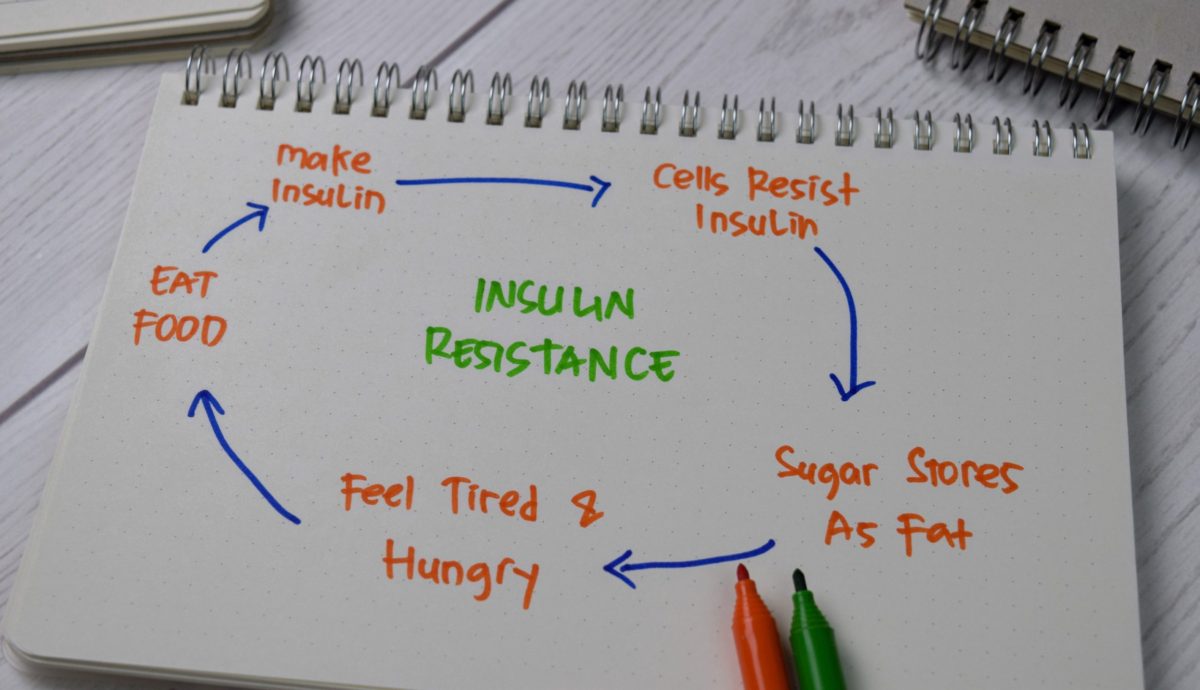
Fill Your Kitchen with the Following Foods
- Veggies
- Fruit
- Beans
- Lentils
- Barley, quinoa, oats
- Omega-3 fatty fish (sardines, herring, salmon)
- Sweet potatoes
- Water, tea, and other unsweetened beverages
Foods to Avoid:
Choosing less processed, whole grain, high-fiber foods and avoiding sweets and processed foods can help improve insulin resistance, especially when partnered with exercise and a healthy lifestyle.
Foods to Eat to Improve Insulin Resistance
Diet plays a significant role in the reversal of insulin resistance. Research has shown that there are certain dietary approaches to improving insulin resistance, such as eating more lean proteins, fiber, and healthy fats. Knowing what food to include in your diet is just as important as knowing what to limit or avoid, such as ultra-processed foods and snacks, refined carbohydrates, and added sugars.
If you’re trying to reverse insulin resistance and improve insulin sensitivity, you may want to incorporate the following foods into your diet.
Fill up on Vegetables
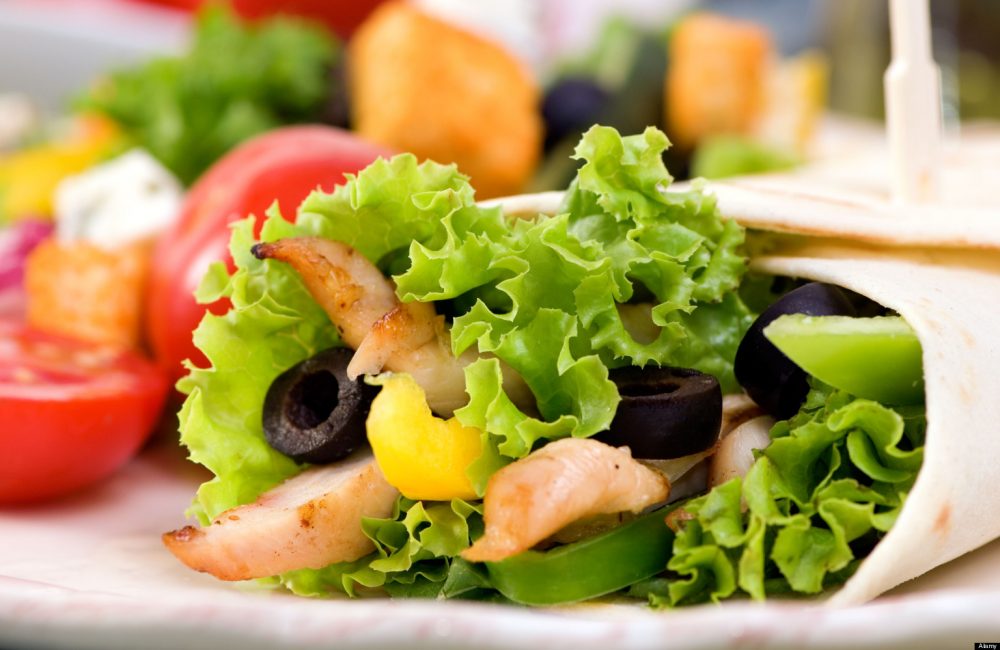
The best diet for insulin resistance wouldn’t be complete without vegetables. But not all vegetables are created equal. Non-starchy vegetables are nutrient-dense without being carbohydrate-rich or calorie-dense, whereas starchy vegetables (like corn, potatoes, and sweet potatoes) are still rich in nutrients but are higher in carbohydrates and calories.
Some non-starchy vegetables you might want to consider adding to your insulin resistance diet plan include:
- Leafy greens (arugula, kale, lettuce, spinach)
- Cruciferous vegetables (broccoli, Brussels sprouts, cabbage, cauliflower)
- Asparagus
- Carrots
- Cucumbers
- Green beans
- Peppers
- Summer squash and zucchini
- Tomatoes
Remember, this list isn’t conclusive, and starchy vegetables aren’t bad—they’re just higher in carbs and calories than their non-starchy counterparts, but they still have a place in an insulin resistance diet. If you want to eat more vegetables, you may want to try this kale, Brussels sprout, and seared salmon salad recipe.
Eat modest amounts of fruit
Fruit can sometimes get a bad rap, but certain fruits can help reverse insulin resistance. A 2020 study uncovered the insulin resistance effects of berries, especially cranberries, blueberries, raspberries, and strawberries. The researchers found that eating berries was associated with reduced insulin resistance, better blood sugar control, and better postprandial (post-meal) blood sugars.
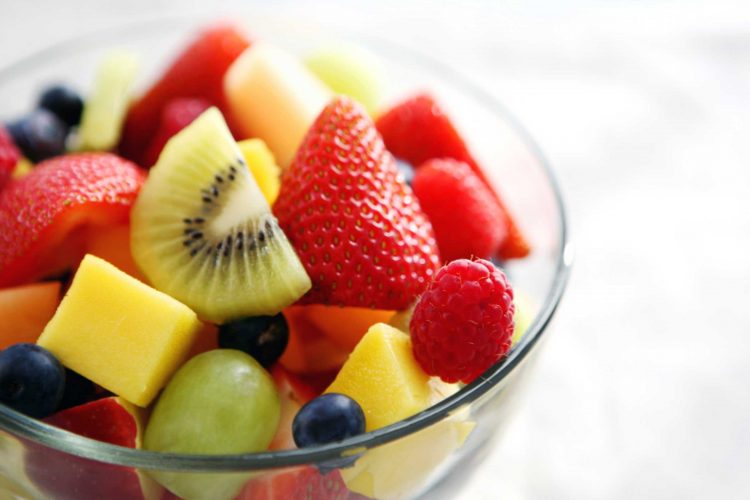
Some fruits you might want to add to your insulin resistance diet include:
- Berries (blueberries, cranberries, raspberries, strawberries)
- Citrus fruits (lemons, limes, oranges, grapefruit)
- Kiwifruit
- Peaches
- Nectarines
- Apricots
- Honeydew melon
Start your day with this kiwi-berry chia yogurt bowl recipe for a nutrient-rich fruit-filled breakfast.
Focus on fiber-filled whole grains
Refined carbohydrates (like white bread, enriched pasta, pastries, and cakes) are common staples in the standard American diet. But they don’t have an optimal effect on blood sugars. Swapping the types of carbohydrates you’re eating—from refined grains to whole grains—can go a long way in reversing insulin resistance.
Here are some whole grains that you might want to consider adding to your insulin resistance diet plan:
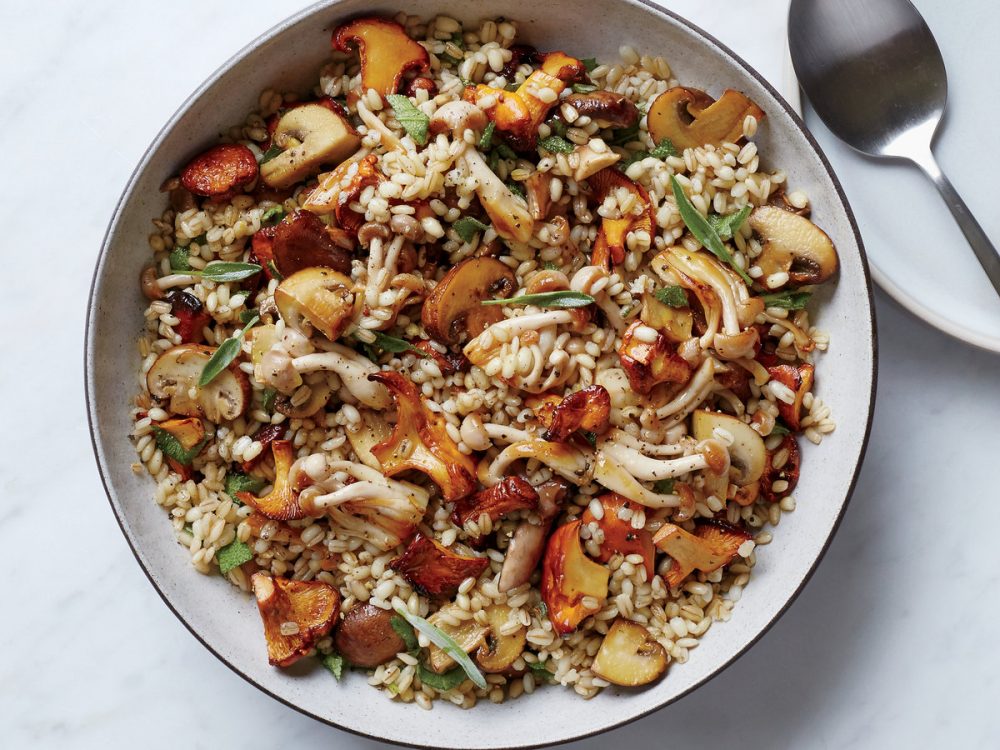
- Barley
- Brown rice or wild rice
- Buckwheat
- Bulgur
- Farro
- Oatmeal (steel-cut or old-fashioned rolled oats)
- Quinoa
- Shredded wheat
- Whole-wheat bread and pasta
Beans and legumes
Beans and legumes are high in fiber, plant-based protein, vitamins and minerals, and antioxidants. These qualities make legumes an inevitable addition to an insulin resistance diet. And research agrees.
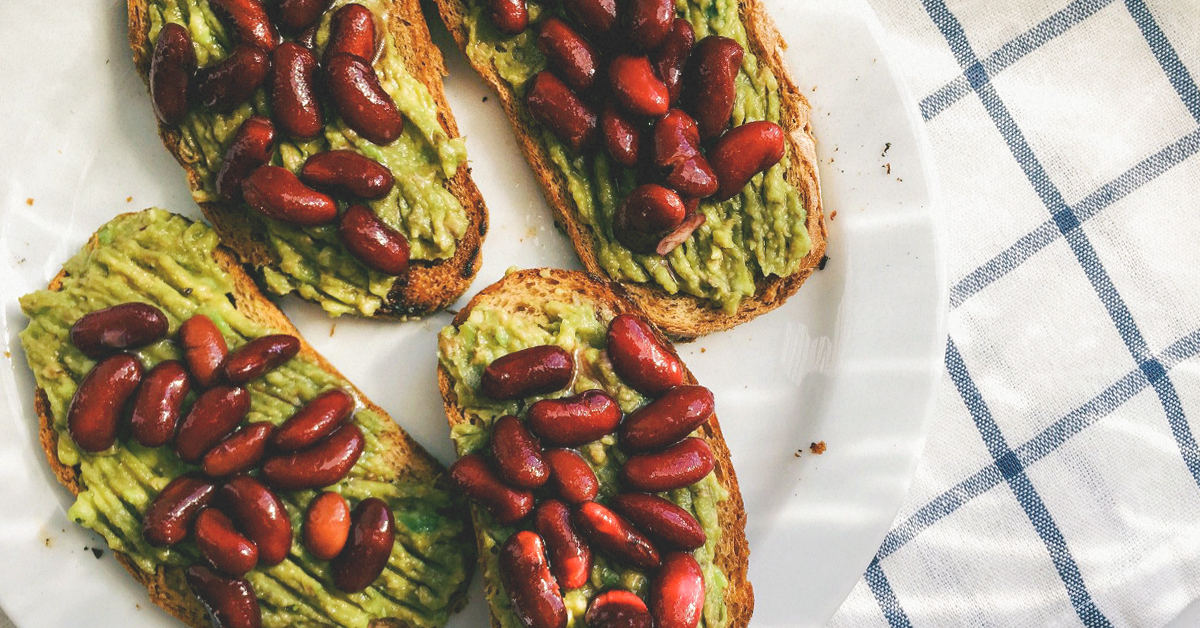
Beans and legumes that may be good for improving insulin resistance include:
- Black beans
- Chickpeas (garbanzo beans)
- Edamame
- Kidney beans
- Lentils
- Lima beans
- Pinto beans
- Split peas
- Soybeans
If you want to eat more beans but don’t know where to start, try this Chana saag (curried chickpeas and spinach) recipe next time you’re making dinner.
Choose lean sources of protein
Increasing protein intake has been found to reduce insulin resistance, but the type of protein may matter.
A 2020 study compared the effects of following a normal-protein diet (less than 20% of calories) and a high-protein diet (25–30% of calories) for one month. Although both diets were reduced in calories, the researchers found that the high-protein diet led to greater improvements in insulin sensitivity, greater reductions in fat mass and triglyceride levels, and increased muscle mass. Another interesting finding was that there were no differences in these results whether the protein sources were predominantly animal-based or plant-based.
On the other hand, other studies have found that moderate-to-high intakes of meat may increase insulin resistance unless the meat being consumed is very lean. That being said, lean protein sources may be best for improving insulin resistance, such as:
- Chicken
- Turkey
- Pork tenderloin
- Lamb
- Veal
- Lean trimmed beef
- Whitefish (cod, pollock)
- Shrimp
- Tofu
Try this chicken avocado and mango salad recipe to boost your lean protein intake.
Include Fish in Diet
Fish can improve gut health, inflammation, mood, and happiness. Fatty fish are some of the best sources of omega-3 fatty acids. These fats are well-known for their heart-protective benefits, but research has also found that a diet rich in omega-3s can improve insulin sensitivity in older adults.
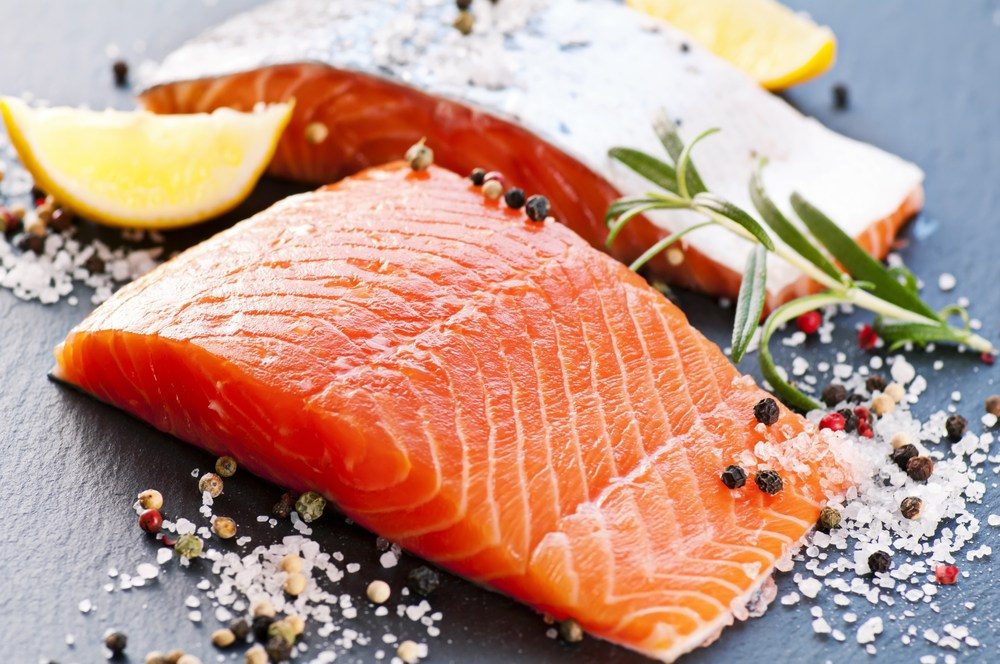
Fish rich in omega-3 fatty acids include:
- Herring
- Mackerel
- Rainbow trout
- Salmon
- Sardines
- Tuna
For a dinner that packs an omega-3 punch, try this almond-crusted trout recipe.
Opt for Healthy fats
Just like all carbs are not created equal, all fats are not created equal either. Research suggests that saturated fats can impair insulin activity and increase insulin resistance, whereas unsaturated fats can reduce insulin resistance.
Healthy fats to add to your diet include:
- Olives and olive oil
- Avocados and avocado oil
- Nuts and nut butter
- Seeds and seed butter
Try this orange, avocado, and cashew salad recipe for a healthy dose of healthy fats at lunchtime.
Boost Your Fiber Intake
Eating more fiber is one of the most effective dietary approaches. High dietary fiber intake with a 20–30% reduces the risk of developing type 2 diabetes. In a study, high dietary fiber intake was defined as more than 25 grams per day in women and more than 38 grams per day in men, which is consistent with the recommendations, set by the Academy of Nutrition and Dietetics.
Foods high in fiber include:
- Vegetables (artichokes, Brussels sprouts, and carrots)
- Fruits (berries, apples)
- Beans and legumes (lentils, chickpeas, black beans)
- Whole grains (oats, quinoa, farro)
- Nuts and seeds (chia seeds, almonds)
Try this raspberry and greens smoothie recipe that packs in 14 grams of fiber per serving for a morning fiber boost.
Can I Reverse Insulin Resistance?
Knowing you are insulin resistant may be disheartening, but don’t despair—it may be possible to reverse insulin resistance with healthy lifestyle choices. By making positive changes to your diet, exercise, physical activity, stress management, and sleep patterns, you may be able to optimize the way your body uses glucose and insulin.
These lifestyle changes may be challenging at first, whether you’re aiming to lower your added sugar intake with a sugar detox, fitting exercise into a busy schedule, or follow a prediabetes diet plan. However, if you stay consistent with your goals, you may start to notice you feel better, your blood sugars are better controlled, and you’re on track to reverse insulin resistance.
Disclaimer
The Content is not intended to be a substitute for professional medical advice, diagnosis, or treatment. Always seek the advice of your physician or other qualified health provider with any questions you may have regarding a medical condition.